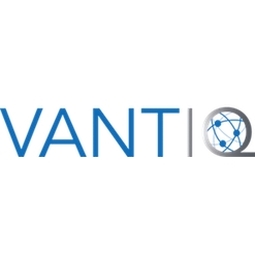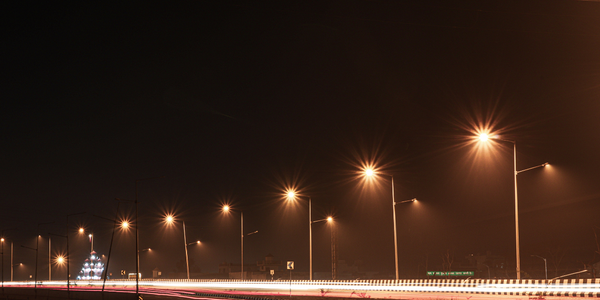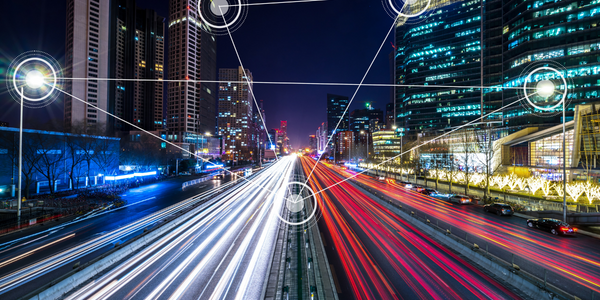
Technology Category
- Analytics & Modeling - Real Time Analytics
- Application Infrastructure & Middleware - Event-Driven Application
Applicable Industries
- Cities & Municipalities
- Transportation
Applicable Functions
- Product Research & Development
- Quality Assurance
Use Cases
- Real-Time Location System (RTLS)
- Smart City Operations
Services
- System Integration
- Testing & Certification
The Customer
SoftBank
About The Customer
SoftBank is a leading global telecommunications company always on the lookout for innovative ways to expand their business and better serve their customers. Recognizing the potential of IoT sensors and connected devices, SoftBank sought to leverage these technologies to address the challenges of everyday city life. This led to the creation of Port City Takeshiba, a smart city complex in the heart of Tokyo, Japan, which serves as a real-life testing ground for developing, deploying, and integrating real-time applications for various city functions. SoftBank's vision for Takeshiba was to seamlessly incorporate real-time technology into all facets of everyday city life, providing a seamless experience for both employees and visitors.
The Challenge
SoftBank, a leading global telecommunications company, was seeking innovative ways to expand their business and better serve their customers. With the proliferation of IoT sensors and connected devices across virtually all industries, SoftBank recognized the need for a platform to develop real-time applications to leverage these technologies and address everyday city life challenges. They aimed to create a testing ground for developing, deploying, and integrating real-time applications for various city functions such as food delivery, security monitoring, personalized billboards, automated cleaning, public transportation, and more. This led to the creation of Port City Takeshiba, a real-life sandbox in the heart of Tokyo, Japan. However, orchestrating all these different city systems and providing a seamless experience for both employees and visitors to Takeshiba required a reliable way to develop and deploy real-time smart city applications.
The Solution
To efficiently integrate the disparate systems and build their smart city, SoftBank needed an orchestration platform to manage the massive amount of incoming streaming data and integrate various technologies. They chose Vantiq's real-time event-driven application development platform for this purpose. Vantiq enabled SoftBank to integrate 19 different technologies, including 7 AI algorithms, 8 different types of cameras/sensors, and 4 different web services, and communicate in real time. This allowed SoftBank to efficiently orchestrate Takeshiba's city functions and quickly add new components as necessary. Furthermore, Vantiq enabled SoftBank to ingest and analyze all incoming streaming data, focusing on providing the best user experience possible on the public dashboards across Takeshiba. Lastly, by utilizing the power of edge computing, SoftBank was able to reduce latency and address privacy concerns, ensuring the smooth operation and future success of Port City Takeshiba.
Operational Impact

Case Study missing?
Start adding your own!
Register with your work email and create a new case study profile for your business.
Related Case Studies.

Case Study
Turning A Stadium Into A Smart Building
Honeywell created what it called the “intelligent system” for the National Stadium in Beijing, China, turning the venue for the opening and closing events at the 2008 Summer Olympics into a “smart building.” Designed by highly controversial artist Ai Weiwei, the “Bird’s Nest” remains one of the most impressive feats of stadium architecture in the world. The 250,000 square meter structure housed more than 100,000 athletes and spectators at a time. To accommodate such capacity, China turned to Honeywell’s EBI Integrated Building Management System to create an integrated “intelligent system” for improved building security, safety and energy efficiency.
.png)
Case Study
Smart Street Light Network (Copenhagen)
Key stakeholders are taking a comprehensive approach to rethinking smart city innovation. City leaders have collaborated through partnerships involving government, research institutions and solution providers. The Copenhagen Solutions Lab is one of the leading organizations at the forefront of this movement. By bringing together manufacturers with municipal buyers, the Copenhagen Solutions Lab has catalyzed the development and deployment of next-generation smart city innovations. Copenhagen is leveraging this unique approach to accelerate the implementation of smart city solutions. One of the primary focus areas is LED street lighting.
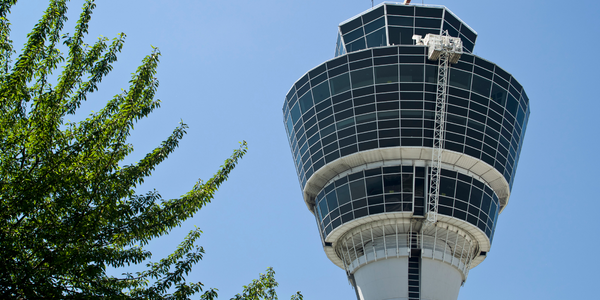
Case Study
Airport SCADA Systems Improve Service Levels
Modern airports are one of the busiest environments on Earth and rely on process automation equipment to ensure service operators achieve their KPIs. Increasingly airport SCADA systems are being used to control all aspects of the operation and associated facilities. This is because unplanned system downtime can cost dearly, both in terms of reduced revenues and the associated loss of customer satisfaction due to inevitable travel inconvenience and disruption.
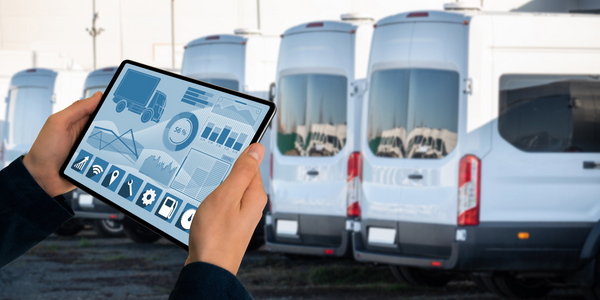
Case Study
IoT-based Fleet Intelligence Innovation
Speed to market is precious for DRVR, a rapidly growing start-up company. With a business model dependent on reliable mobile data, managers were spending their lives trying to negotiate data roaming deals with mobile network operators in different countries. And, even then, service quality was a constant concern.
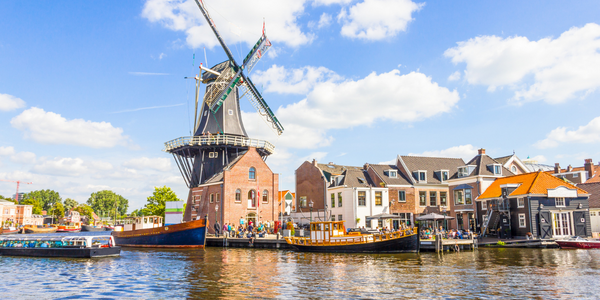
Case Study
Buoy Status Monitoring with LoRa
The Netherlands are well-known for their inland waterways, canals, sluices and of course port activities. The Dutch Ministry of Infrastructure indicates that there are thousands of buoys and fixed items in and near water environments that would profit from IoT monitoring. One of the problems with buoys for example, is that they get hit by ships and the anchor cable breaks. Without connectivity, it takes quite some time to find out that something has happened with that buoy. Not to mention the costs of renting a boat to go to the buoy to fix it. Another important issue, is that there is no real-time monitoring of the buoys at this moment. Only by physically visiting the object on the water, one gains insight in its status.

